Whether your carnivorous plants are indoors or you live in an area where there are fewer bugs available, you may have decided it’s necessary to begin supplying them with some alternate food sources. However, effectively feeding a carnivorous plant varies depending on what kind it is, so let’s take a look at how to feed some of the more common types to prevent them from missing out on important nutrients.
Butterworts (Pinguicula)
Butterworts do a pretty good job of catching food on their own. If they seem to be having trouble though, sprinkle some fish food or bloodworms on a sticky leaf or two every 2-3 weeks. Try to keep food away from the sensitive crown though to minimize bacteria and mold growth.
Some butterworts will enter a succulent phase during certain times of the year. They will stop producing sticky leaves and the plant will usually shrink in size. There’s no need to feed butterworts during this time.
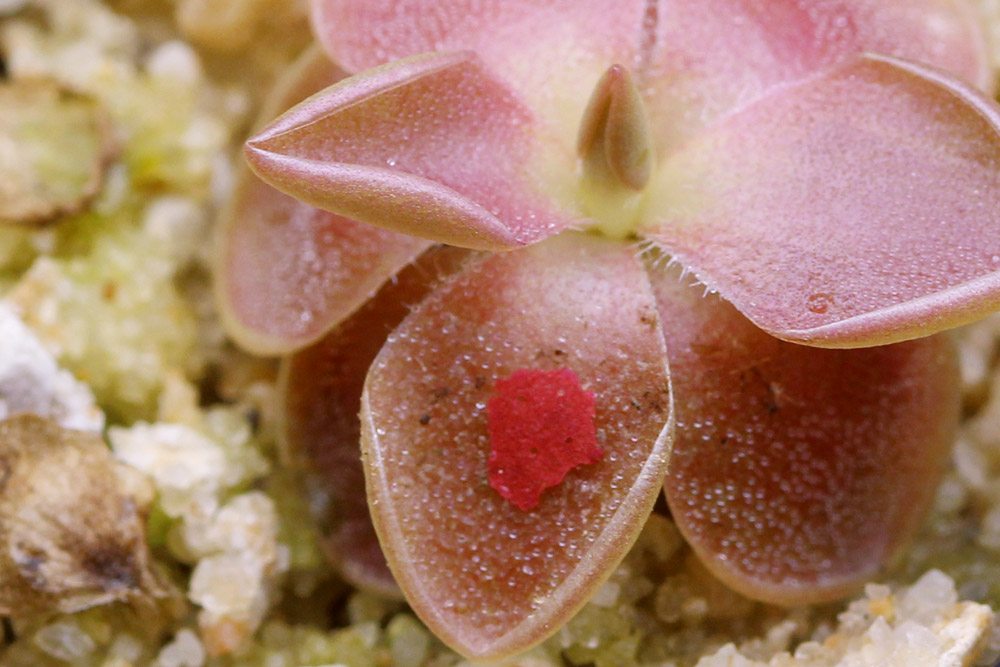
Butterwort with fish flake food
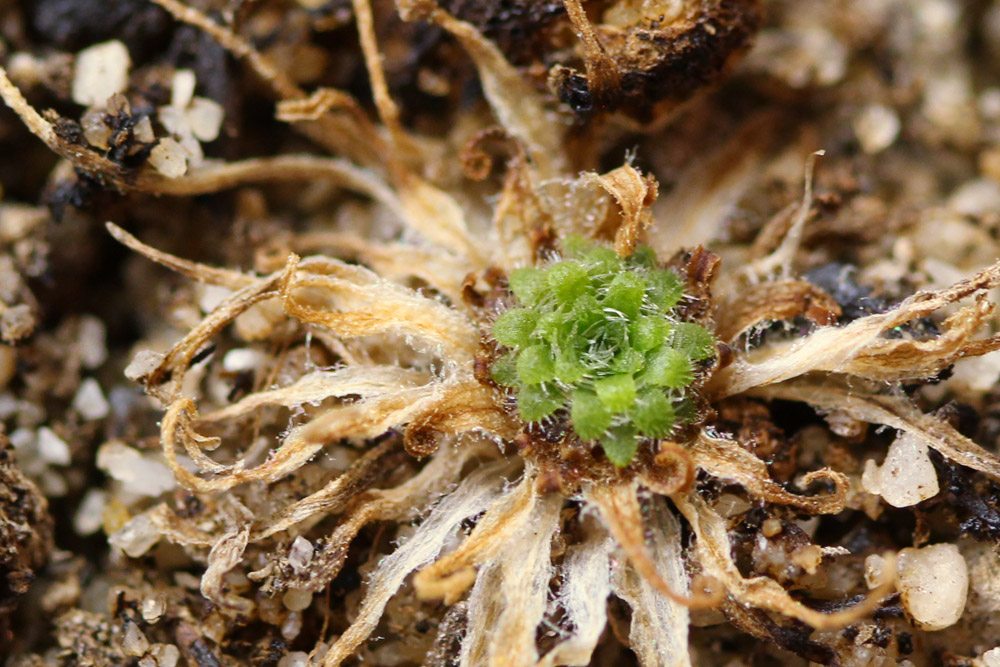
Butterwort in succulent phase
Pitcher Plants (Nepenthes, Sarracenia, & Cephalotus)
Pitcher Plants are probably the easiest carnivorous plants to feed. During their active growing season, drop bugs, fish food, or fertilizer pellets in a few of the pitchers every 2-3 weeks. If the pitchers are dry, squirt water in them with a pipette or eyedropper after feeding, otherwise they won’t be able to absorb the nutrients. If you move plants after the pitchers are full, do so carefully. Partially digested food from a spilled pitcher doesn’t smell the best.
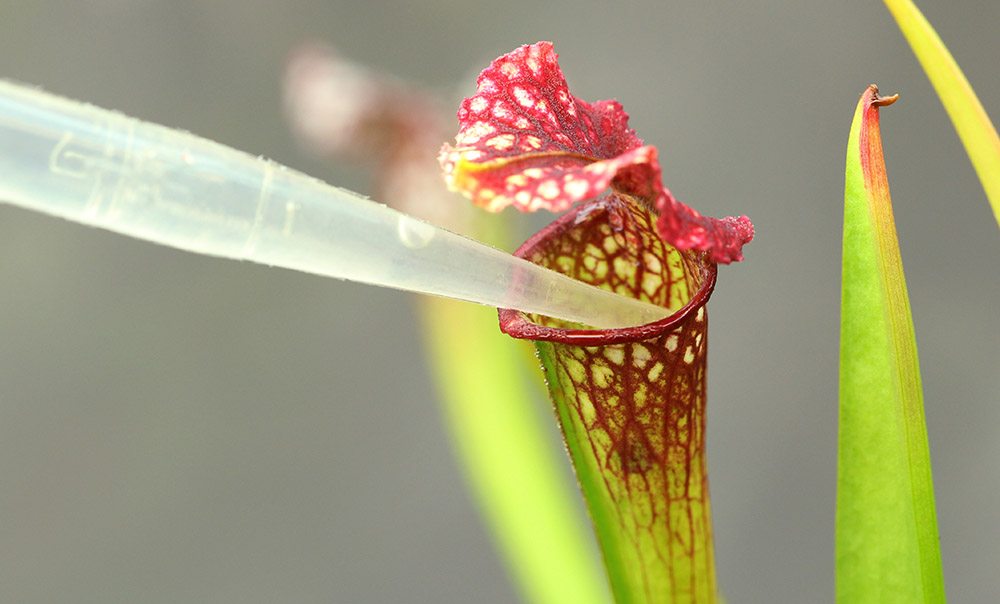
Adding water to a young Sarracenia pitcher
Sundews (Drosera)
Like butterworts, sundews do a pretty good job of catching food on their own. If they seem to be struggling though, feed a few dewy leaves dry fish food or bloodworms every 2-3 weeks. If you’re in a hurry, store the food in an old spice shaker and give it a few shakes over the plant occasionally. Just be careful not to pour too much out or get food near the crown of the plant.
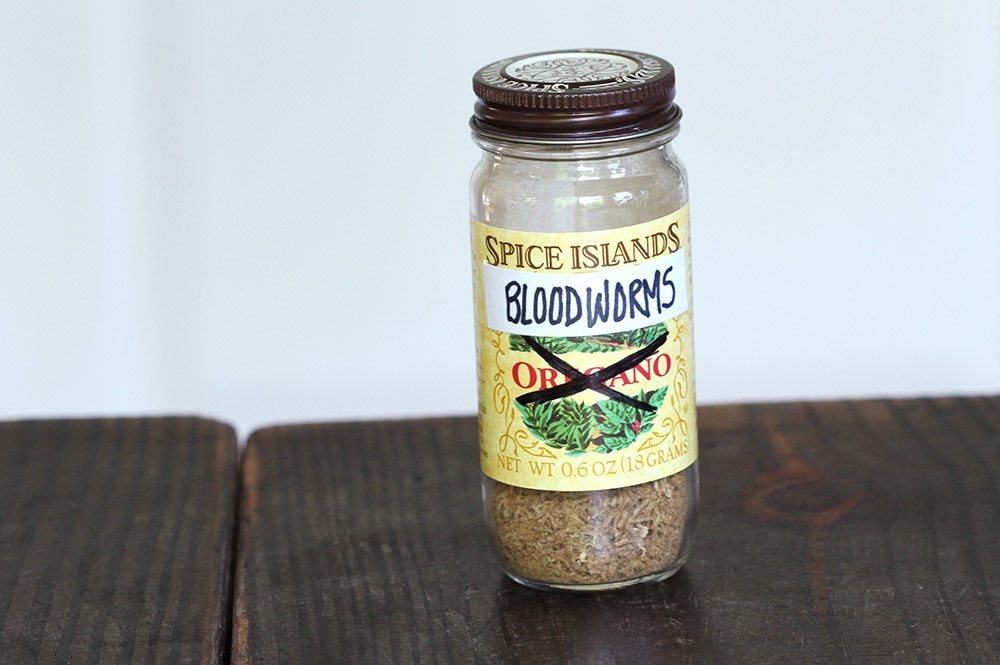
Mmm Bloodworms
If you’d like a more targeted approach, use a pair of pointed tweezers to stick food on the tentacles. After feeding, most sundews curl their leaves around prey within about 20 minutes. If a sundew doesn’t have dew on its tentacles, this could be a sign that it’s stressed. Only feed it after the dew returns.
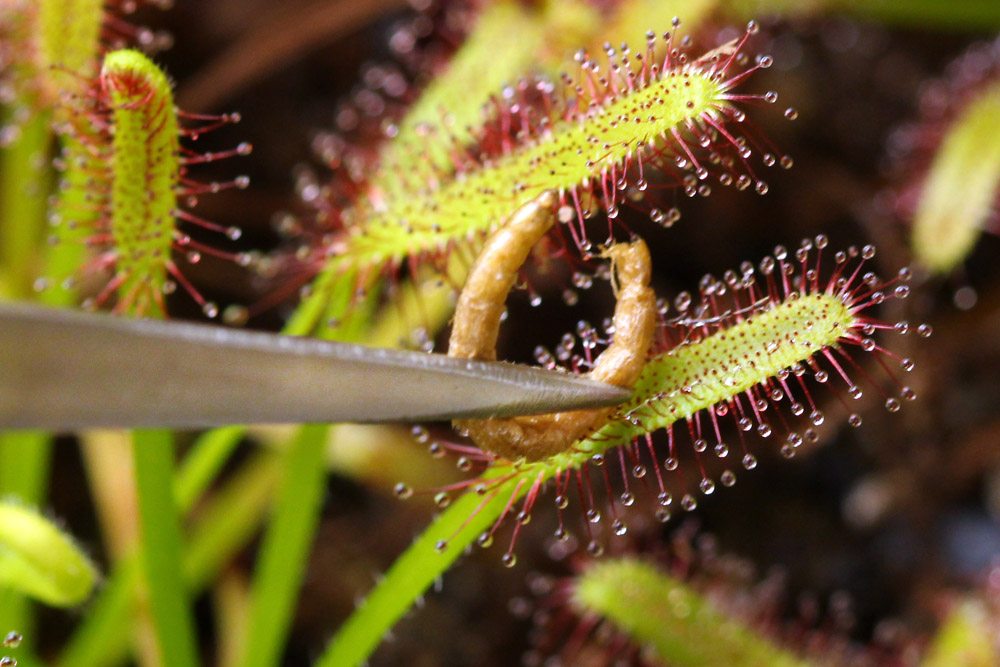
Tweezer feeding D. capensis a bloodworm
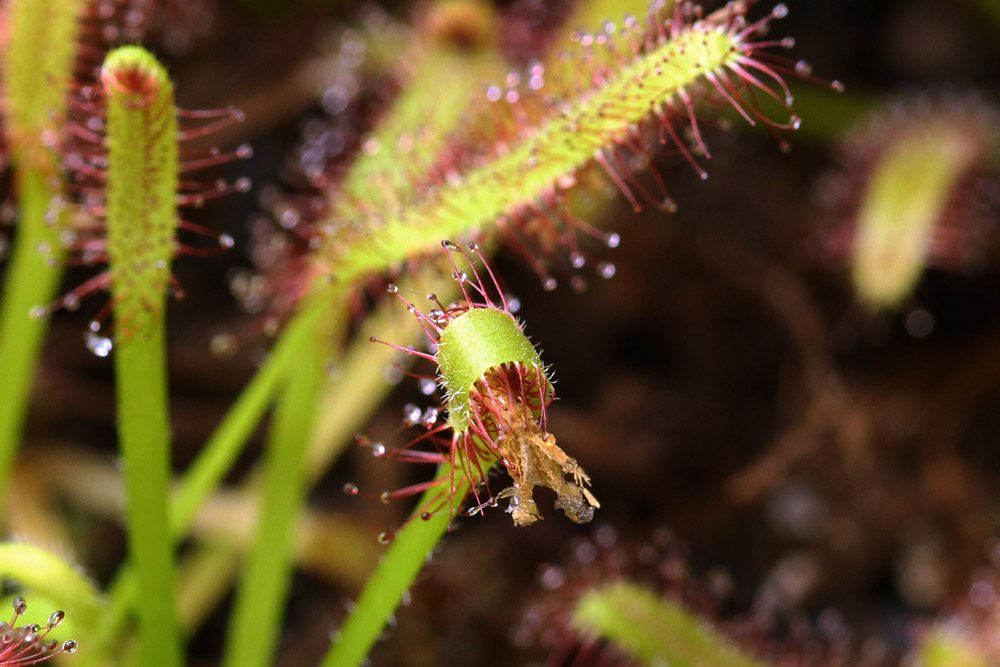
Leaf curl after about 20 minutes
Venus Flytraps (Dionaea)
Venus flytraps are some of the most fun carnivorous plants to feed! Using tweezers, gently brush a bug, damp fish food, or bloodworms against the trigger hairs inside one of the traps. The trap will snap shut after a couple of strokes, getting a mouthful of food. The amount of food you give each trap depends on its size. Generally, the size of the food should be about 1/4 of the size of the trap.
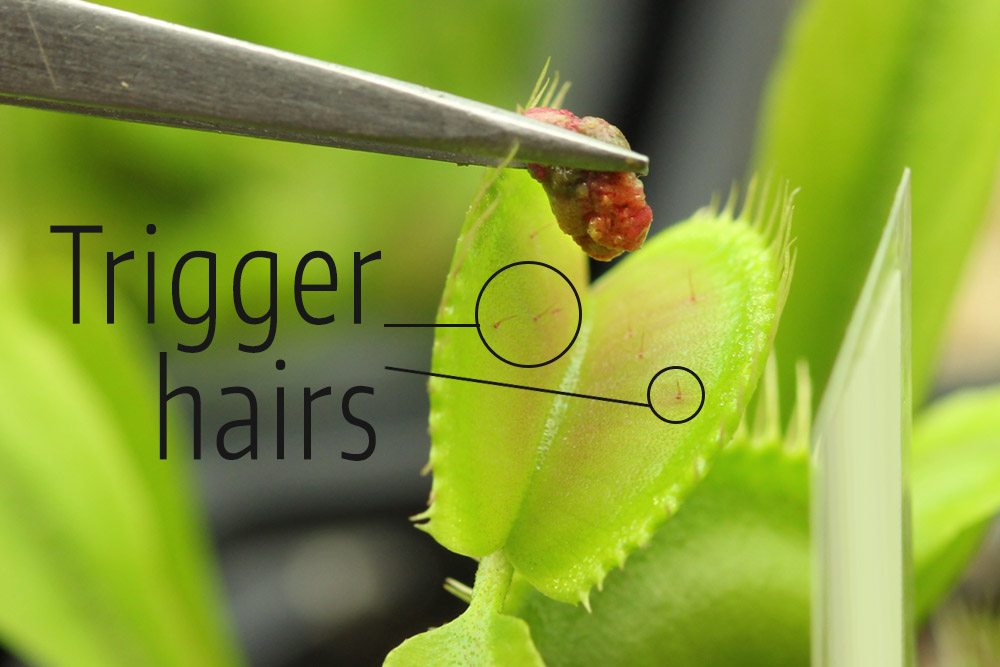
Tweezer feeding a Venus flytrap fish flakes
For food that isn’t fed live, gently massage the trap after it has snapped shut. This mimics a bug moving inside and stimulates the trap to seal more tightly and produce extra digestive enzymes. Learn more about this amazing process here. Feed a few traps every 2-3 weeks during the plant’s active growing season.
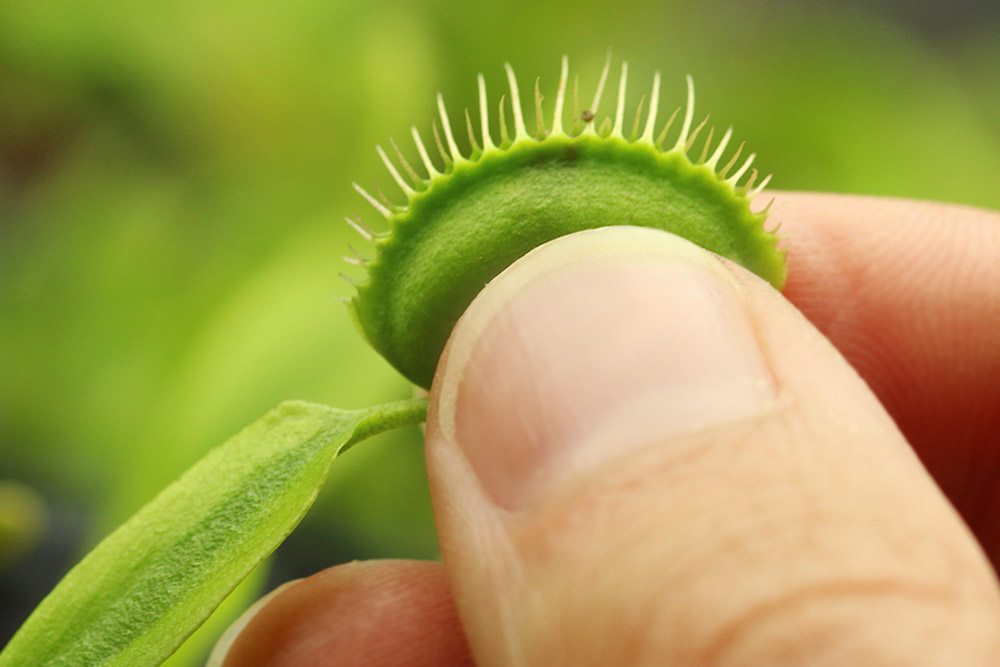
Massaging a trap to stimulate digestion
So Now What?
This guide gave a brief overview of how to feed carnivorous plants but if you haven’t done so already, check out our article: What to Feed Carnivorous Plants. It covers a variety of suitable food sources and alternatives to bugs. Thanks for reading and feel free to leave questions and comments below, we’d like to hear from you!

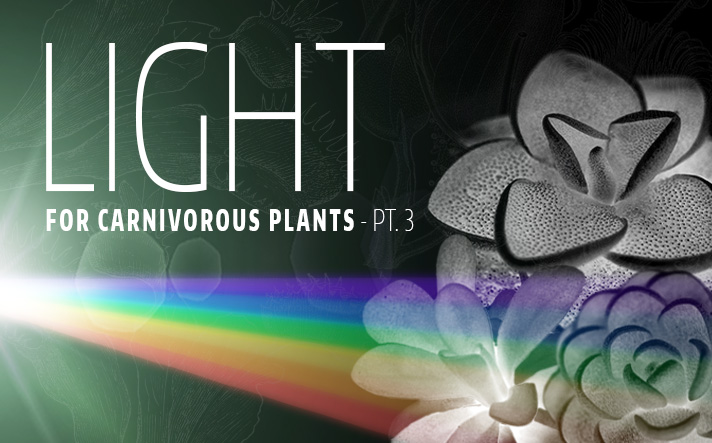
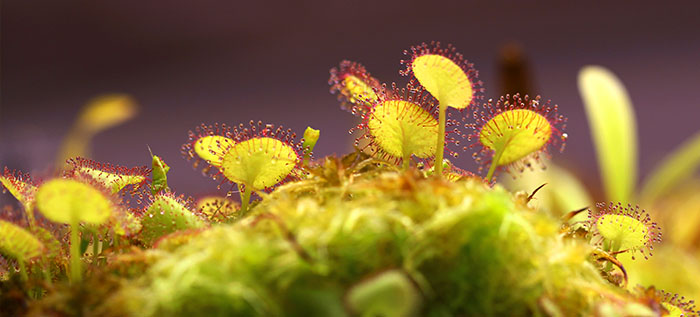

I bought a few pings from you a few weeks ago. They’re beautiful, but I’m concerned. I do not have high humidity nor will I except in the summer. I spritz them every day some are having new growth on top even flowers. My concern is I don’t see residue on the leaf am I suppose to?
Thank you for your order Sheri! Once acclimated, butterworts are ok with growing in moderate humidity (35-50%). We do not recommend spraying the plants with water as this can cause them stress. Lack of dew on the leaves could be an indicator of stress from the misting, low light, and/or the plants going in to their succulent phase. We have some information on watering/humidity here that you may find helpful: https://youtu.be/V_dP4nMtGrU
We also have a guide on how to identify and care for plants in their succulent phase: https://curiousplant.com/butterwort-succulent-phase/
Thank you! I think the new growth are succulent leafs, but I can’t swear to it. Another thing I have mine in no drainage. I have the water at the bottom with Leca then moss where the roots sit and a little grit on top of the moss. I watched your video and I am thinking that isn’t a good idea for pings! I didn’t realize when buying these how difficult it would add to my already large plant collection. I wanted them to eat gnats and that is it. 😂
You’re very welcome! They have a few care needs that are specific butterworts/carnivorous plants but once in place, should grow well along side the other plants in your collection. As the dew returns, they’ll be catching gnats in no time!